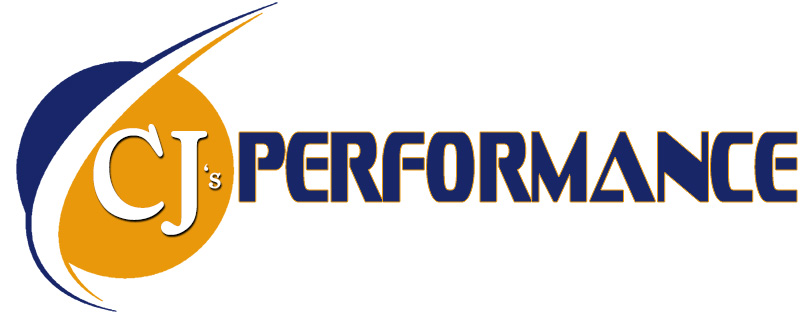04 Apr Cable & Connector Standards
Approved Cable Usage
All Systems
- Cable must be in good condition (no cuts, kinks, staples, hard bends (<90 degrees), ETC.)
- Excess barrels are not allowed, only one splice per signal path between ground block/switch and receiver (see F-81 Barrel Connector Usage)
- Barrels between the LNBF and the ground block are not allowed
- Cable between the LNBF and the ground block must include a messenger cable to meet the grounding standards
- Wall plates in the signal path must have a high-frequency barrel (color coded blue)
- Cable length should not exceed 200 feet between the LNBF and any receiver, or between any Hopper and Joey
Hopper System
- Only cable rated to 3GHz and listed on the Compatible Parts list (regardless of new or existing) can be used between the LNBF and any Hopper
- Adv Client lines (Super Joey) must be RG6 and clearly marked with a rating 2150 MHz or higher (does not have to be on the Compatible Parts list)
- Client lines do not require a frequency rating, and do not need to be on the Compatible Parts list (RG59 is acceptable)
ViP System
- All cable from the LNBF to the receiver must be RG-6 and clearly marked 2150 MHz or higher (does not have to be on the Compatible Parts list)
- UHF lines (TV2, OTA) do not require a frequency rating and do not need to be on the Compatible Parts list (RG59 is acceptable)
Running and Securing Cables
- Only use appropriate fasteners
- Flex clips
- Cable ties
- Exceptions:
- Pre-existing fasteners may be used so long as they do not compress or damage the cable (staples should never be used and any cable fastened with staples should be replaced)
- Fasteners should have variable spacing on cable runs, every 12”-24” or as necessary
- Use of fasteners should not be excessive (i.e. multiple clips spaced a few inches apart)
- All cable, components, and loops should be secure with no sags in the line
- Pro Tip: Clips should face the same direction on loops and cable runs
- Fasteners are not necessary in places where cable can be tucked without risk of damage to the cable (i.e. corner channel of vinyl siding, skirting on mobile homes, or under a baseboard away from carpet tack strips)
- Cable run should follow the natural lines of the home and be placed in an area of low visibility or completely hidden
- Cable should not be secured in a method that causes a hard bend (<90 degrees)
- Cable should not cross or interfere with windows or doorways (i.e. run across the bottom of a doorway)
- Aerial cable runs should be avoided when possible
Loops
- All connection points in the system should have a service loop or extra slack (i.e. service loop behind the dish, drip loops at ground block or switch, or extra slack behind a wall plate or receiver)
- Components should have a loop for each connection point (i.e. loops on both sides of a ground block)
- Pro Tip: Two components can share the same loop, and multiple loops can be consolidated to improve aesthetics, but should not run behind the ground block
- Outdoor connections should have a drip loops for water to migrate away from connector
- Outdoor components or barrels should never be installed vertically to avoid water migration
- Penetration points should have a J-loop when the entry point is even with or below the cable run (see Penetration Standards)
- Loops should be no less than 4 inches in diameter to prevent hard bends
- Pro Tip: loops look the best when 4 to 6 inches in diameter, symmetrical with one another, and at the same level
Pole Mount Cabling
- Any buried cable must be approved burial cable
- Cable should be routed through sweeps at the base of the pole and at the base of the home
- Sweeps should be partially buried with approximately one to three inches above the ground
- Top of sweep should be secured to the pole using cable ties
F-Connectors
- Only use correct and approved f-connectors as defined on the Compatible Parts list
- Exceptions:
- Jumpers on triplexers/separators
- Joey (client) lines/TV2 lines (must still be compression-type fittings)
- Exceptions:
- Connector Compression
- Stinger Length is 1/8th – 3/16ths of an inch past the rim of the connector nut
- Dielectric is flush with the post and undamaged (full cup of milk)
- Connector is fully compressed
- No visible corrosion
- No exposed braiding
- All outdoor connectors torqued to 30 inch-pounds


